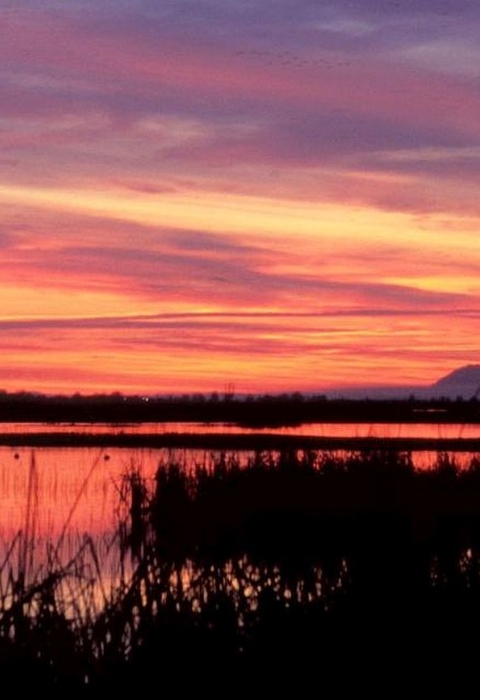Today, the U.S. Fish and Wildlife Service announced the availability of a draft Environmental Assessment (EA) and Multiple Region Operations and Maintenance Habitat Conservation Plan (MRHCP) for the Pacific Gas and Electric Company (PG&E) in northern California.
The draft documents cover routine maintenance and minor construction projects on natural gas pipelines and electric transmission lines in California’s Sacramento Valley, Sierra Nevada foothills, North Coast and Central Coast. PG&E has similar habitat conservation plans in place for its operations and maintenance work in the San Francisco Bay Area and San Joaquin Valley.
The MRHCP describes strategies for addressing impacts to 24 animal and 12 plant species in the 34 counties where the work will be performed. All but one (the foothill yellow-legged frog) are listed as threatened or endangered under the Endangered Species Act (ESA). PG&E will use species-specific habitat models, developed in conjunction with the Service, to estimate the amount and location of habitat for covered species in the MRHCP area. If covered plants cannot be avoided, PG&E will prepare and implement a site-specific, Service-approved restoration plan.
“This plan will streamline PG&E’s implementation of routine maintenance activities while conserving habitat for many threatened and endangered species, including the northern spotted owl and California red-legged frogs,” said Jennifer Norris, field supervisor of the Sacramento Fish and Wildlife Office.
PG&E began preparing the MRHCP in 2009 and submitted the draft MRHCP in 2019 to support its application for an incidental take permit. If finalized, issuing the incidental take permit would not authorize PG&E’s activities, but rather the incidental take of covered species resulting from those activities over a 30-year term.
Habitat conservation plans are a necessary part of an application for an incidental take permit under the ESA. The Service regularly engages conservation partners, the public, landowners, government agencies and other stakeholders in its ongoing effort to identify innovative strategies for conserving and recovering at-risk species.
The Service will publish a Notice of Availability (NOA) for the draft MRHCP and draft EA in the Federal Register on March 2, 2020. The publication will open a 30-day public comment period. Information on how to submit comments is described in the NOA. On March 2, 2020, the draft MRHCP, draft Environmental Assessment and other informational resources will be available at https://www.fws.gov/sacramento/.
The U.S. Fish and Wildlife Service works with others to conserve, protect, and enhance fish, wildlife, plants, and their habitats for the continuing benefit of the American people. For more information about our work and the people who make it happen, visit www.fws.gov/Sacramento. Connect with us via Facebook, Twitter, YouTube, and Flickr.
-FWS-



